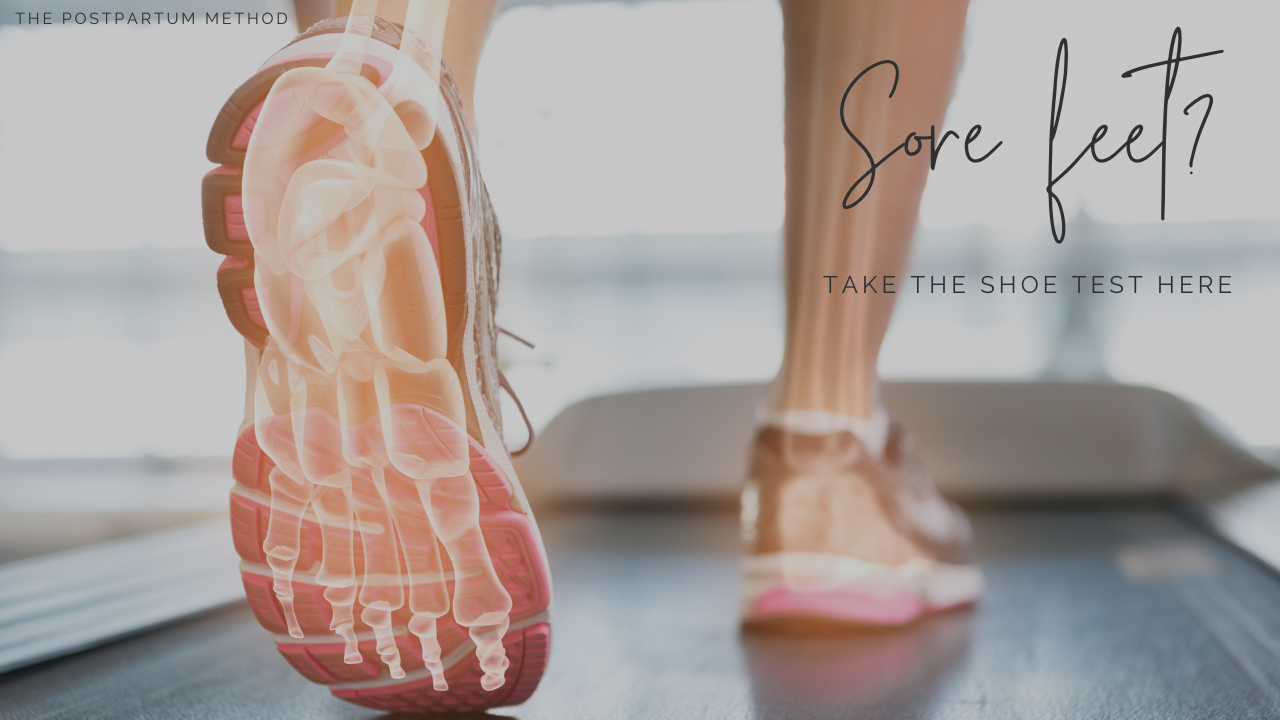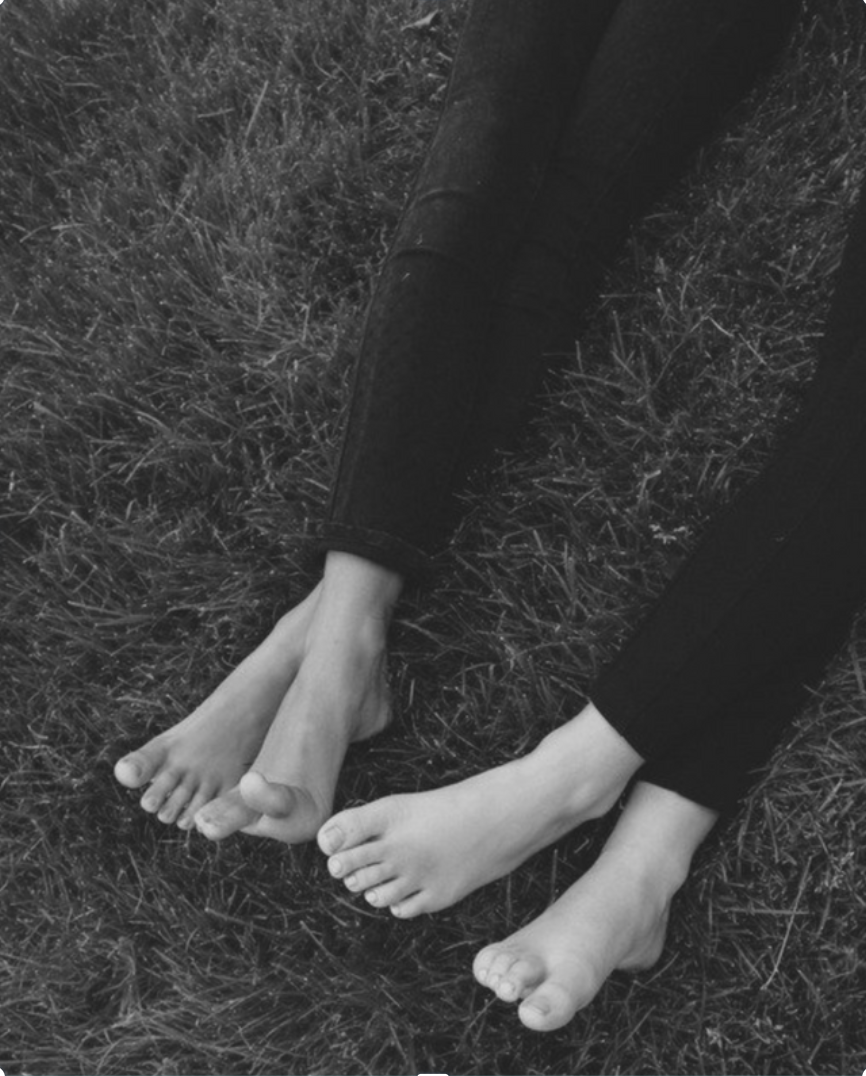Here's how to look after your feet to have a strong core

Our feet are connected to our pelvic floor and deep abdominals, through a fascial line that runs under the arch of the foot.
Our feet also are responsible for distributing the force from the ground up through every joint (which is then stabilised by the core) with every step.
That's a lot of pressure on those feet of ours (no pun intended)!
A stronger deep core (pelvic floor, transverse abdominis) and back will automatically improve foot health, because our core stabilises us with each foot step.
Here are some things you can do specifically for your feet - because it works both ways -healthier feet lead to a better core connection.
Go barefoot when you can.
Give your feet a break from constrictive shoes when you can! We have a no shoes in the house policy mainly for this reason. When they're free, spread your toes, which are often squashed up from shoes.
Strengthen your glutes.
Pronating feet (ones that roll inwards) often come from weak gluteal muscles. The hips cave in, the knees collapse a little, and the end result is a dropped arch and a flat foot.
Stimulate your arches through texture.
Walk on grass, soil, stones, concrete (start small and build up) to stimulate the nerves in the arches of the feet. Our feet are often 'deadened' from wearing shoes.
If in pain, roll the bottom of your feet with a tennis ball.
This can be great for alleviating stiffness, along with stretching your calves and achilles.
What about shoes?
I have wide feet - and so shoes that are both good for my feet and good for my fashion sense don't really exist yet.
I could tell you that you should only wear perfectly fitted, wide toe box shoes - but to me - that isn't realistic.
Here are my general guidelines -
- When I exercise outside, I wear shoes that fit the criteria of the shoe checklist (below).
- When I'm at home I go bare foot - including during exercise.
- When I want to wear shoes purely for fashion reasons I try not to walk too far in them (sometimes I bring a change in my bag) - and - I keep my glutes and core strong so I can withstand these small bouts in squishy or elevated shoes.

Spread your toes when you're bare foot to avoid your big and little toes tilting inwards from narrow shoes.
Shoe Checklist (for our 'most of the time' shoes):
You can spread your toes.
Your little toe and big toe should not be squashed into the middle ones. Over time a squashed big toe coupled with pronation can lead to bunions.
You can roll through the shoe from heel to ball.
Land on your heel, roll through the entire sole of the shoe, then rise up onto the back toes to push off the front of the foot in order to bring the leg through.
Stiff shoes force us to pull our flat foot through to the front with our hips instead.
You can maintain a neutral foot.
Check your shoe doesn't lean you to the insides (pronation) or the outsides (supination), and that you can feel your toes connecting to the 'ground'
You're able to move your ankles freely.
Heavy shoes, thick shoes and sometimes high tops can restrict this kind of movement.
During pregnancy our feet can spread and flatten due to hormonal changes and joint laxity. As we often lose glute strength when we're pregnant, we can end up pronating (rolling in) too.
This can be improved in a structured program to ensure you create active feet alongside your deep abs, pelvic floor and of course - glutes!
The Postpartum Method is a progressed program that does exactly that.
You can try it out half price for the first 2 months at the moment - right here.


